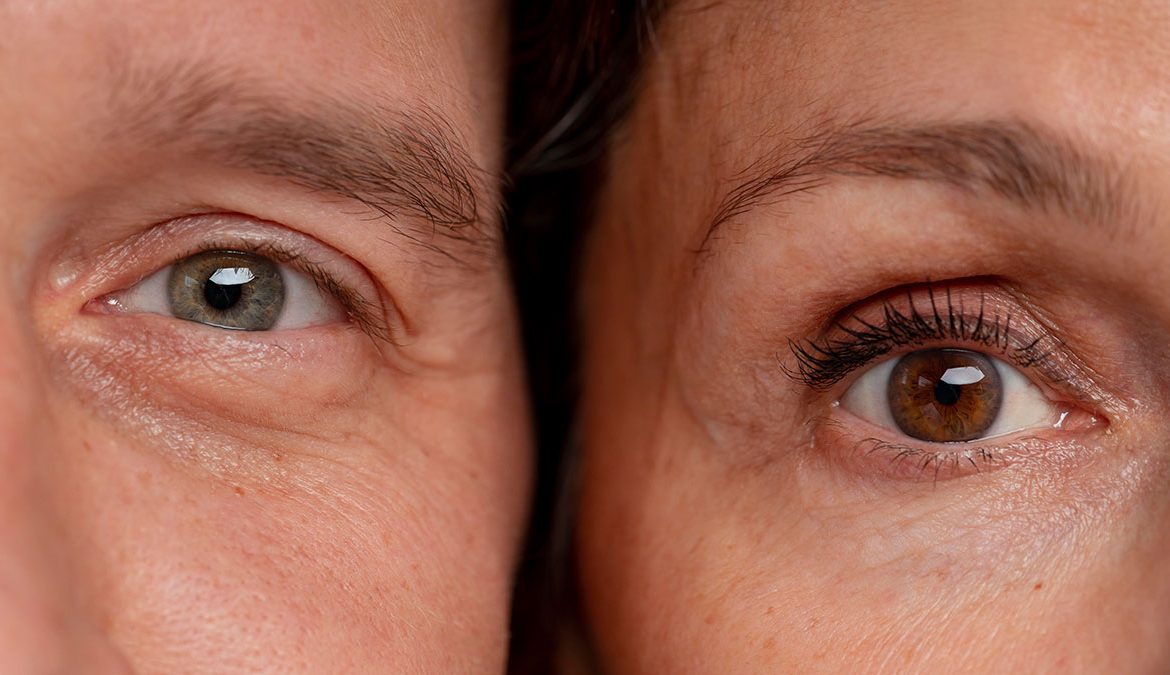
Ideal candidates for transconjunctival blepharoplasty typically exhibit one or more of the following concerns:
- Under-eye bags or puffiness caused by protruding fat deposits
- Minimal or no excess skin laxity in the lower eyelids
- Good overall health and realistic expectations regarding the outcome of the procedure
During a comprehensive consultation, a qualified oculoplastic surgeon will assess the patient’s anatomy, discuss their aesthetic goals, and determine if transconjunctival blepharoplasty is the most appropriate treatment option.
The Transconjunctival Blepharoplasty Procedure
Transconjunctival blepharoplasty is typically performed as an outpatient procedure under local anesthesia with sedation or general anesthesia, depending on the patient’s preference and the surgeon’s recommendation. The surgical steps may include:
- Incision: A small incision is made on the inside of the lower eyelid, allowing access to the underlying fat pads while preserving the integrity of the external skin.
- Fat Sculpting: Excess fat deposits are carefully removed or repositioned to achieve a smoother and more youthful lower eyelid contour.
- Closure: The incision is closed with dissolvable sutures, and any excess tissue is trimmed to promote optimal healing and minimize the risk of postoperative complications.
The duration of the procedure typically ranges from one to two hours, depending on the complexity of the case and whether additional procedures are performed concurrently, such as lower eyelid tightening or skin resurfacing.
Recovery and Post-Operative Care
Following transconjunctival blepharoplasty, patients may experience mild swelling, bruising, and discomfort around the eyes, which can be managed with prescribed medications and cold compresses. It is essential to follow the surgeon’s post-operative instructions diligently, which may include:
- Keeping the head elevated to reduce swelling
- Avoiding strenuous activities and heavy lifting
- Applying prescribed eye drops or ointments as directed
- Attending follow-up appointments to monitor healing progress
Most patients can expect to resume normal activities within one to two weeks, although strenuous exercise and activities that may strain the eyes should be avoided for several weeks.
Potential Risks and Complications
While transconjunctival blepharoplasty is generally considered safe and effective, like any surgical procedure, it carries inherent risks and potential complications, including:
- Temporary or permanent changes in sensation around the eyes
- Dry eyes or excessive tearing
- Infection or bleeding
- Asymmetry or irregularities in eyelid appearance
- Rarely, complications such as eyelid malposition or ectropion may occur, requiring additional treatment or revision surgery
It is crucial for patients to thoroughly discuss the potential risks and benefits of transconjunctival blepharoplasty with their surgeon and adhere to pre-operative and post-operative guidelines to minimize the likelihood of complications.
Conclusion
Transconjunctival blepharoplasty offers a minimally invasive and scarless approach to rejuvenating the lower eyelids, providing patients with natural-looking results and enhanced confidence in their appearance. By understanding the benefits, candidacy requirements, procedure details, recovery process, and potential risks associated with transconjunctival blepharoplasty, individuals can make informed decisions about pursuing this innovative cosmetic enhancement option to achieve their aesthetic goals and rediscover youthful, refreshed eyes. For personalized guidance and expert care, individuals are encouraged to consult with a board-certified oculoplastic surgeon who specializes in transconjunctival blepharoplasty.
